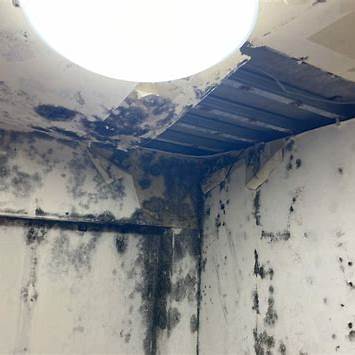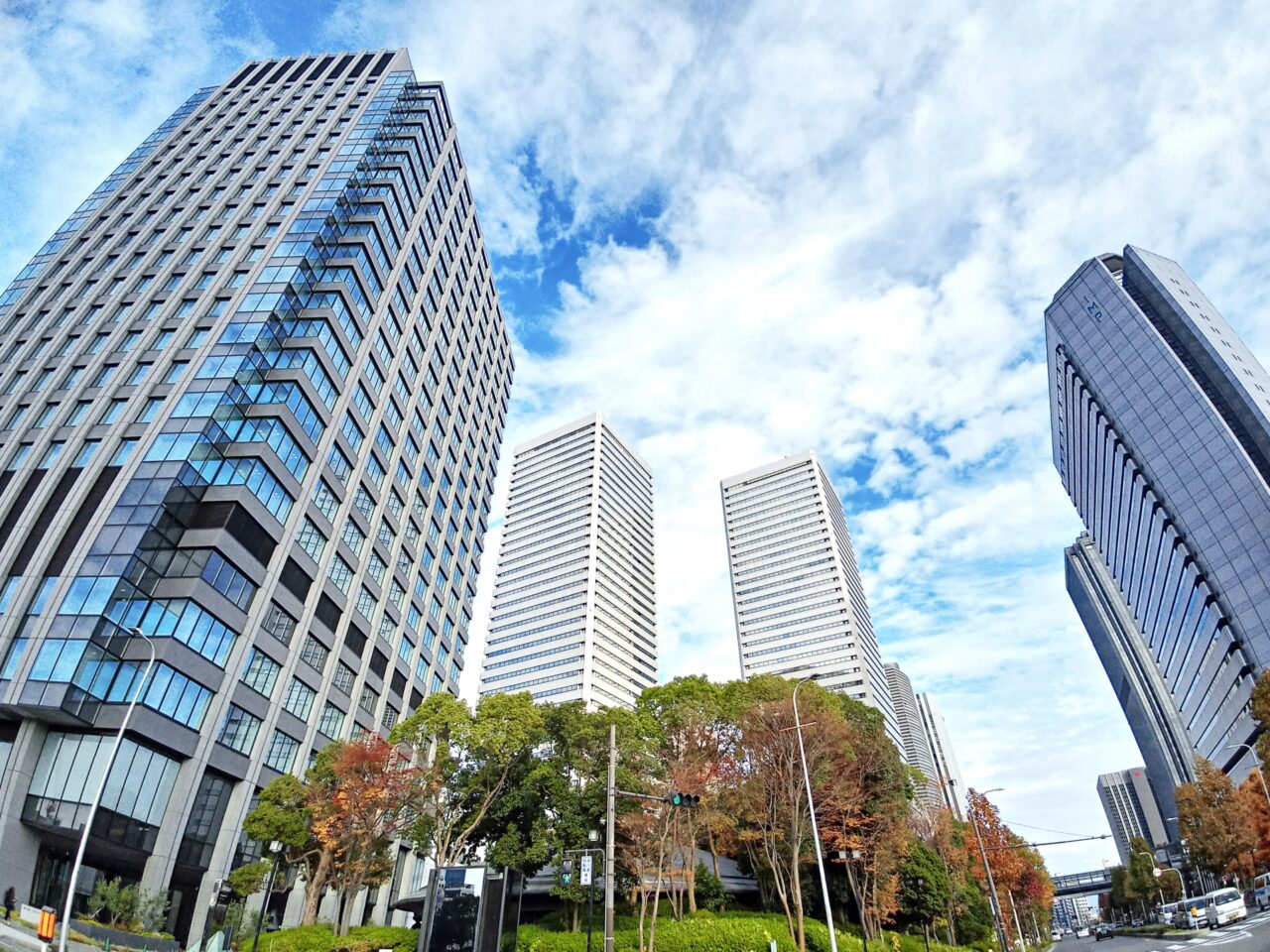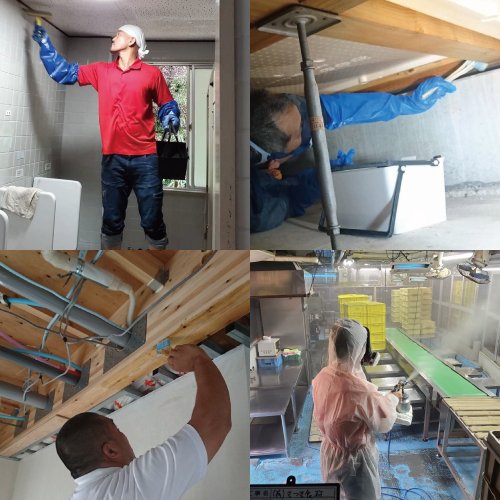1. Mold Issues and Health Risks in Foreign Residences
For foreigners residing in Japan, mold problems in housing present significant health risks. Japan’s climate and housing structures often promote mold growth, surprising many from Western countries. Diplomats and engineers from outside Asia, living in foreign residences, may face severe mold issues.
1-1. Climate and Housing Structures Contributing to Mold Risks
Japan’s hot, humid climate, especially during the rainy season and summer, often sees humidity levels exceeding 80%. Such conditions foster mold growth on walls, ceilings, and closets. Traditional wooden Japanese houses, with limited ventilation, are particularly susceptible. Foreign residences, often built similarly, face comparable issues, and residents may lack knowledge on mold prevention, increasing health risks.
1-2. Differences in Mold Prevention Between Japan and Western Countries
Western homes typically feature advanced insulation and air conditioning, effectively managing humidity and reducing mold risks. In contrast, Japanese homes often lack sufficient insulation and ventilation, leading to moisture accumulation. Foreign residents unfamiliar with these conditions may not implement appropriate mold prevention measures, resulting in health issues like rhinitis, asthma, and skin irritation.
2. Necessity for Advanced, Safe Mold Countermeasures
Mold in homes not only causes discomfort but also significantly impacts residents’ health. Residences housing embassy staff and foreign engineers require high-safety mold countermeasures.
2-1. Limitations and Risks of General Mold Countermeasures
Common mold removers and disinfectants can eliminate surface mold but often fail to address the root causes, such as mold hyphae. Products containing strong chemicals may pose health risks if misused, especially in households with children or the elderly. DIY cleaning might temporarily hide mold, but it can reappear and worsen over time.
2-2. MIST Method: Mold Removal Without Damaging Materials
The MIST method is an innovative technique that removes mold without harming materials. It uses specialized agents with adjusted hydrogen ion concentrations, sprayed as a mist to decompose and eliminate mold. This approach avoids scrubbing or scraping, making it safe for wood, wallpaper, and historically valuable building materials. Post-removal, anti-mold treatments are applied to prevent recurrence, offering a high level of safety suitable for foreign residents.
3. Safe Mold Countermeasures for Children and the Elderly
Children and the elderly, with weaker immune systems, are more susceptible to mold’s effects, risking health issues even from minimal exposure. Implementing safe mold countermeasures tailored to these age groups is crucial.
3-1. Impact of Mold on Vulnerable Age Groups
Children and the elderly may experience allergic reactions or respiratory symptoms from inhaling mold spores. Children are particularly prone to asthma and atopic dermatitis, while the elderly may see existing conditions worsen. Often, symptoms become chronic without recognizing mold as the cause, highlighting the need for preventive measures.
3-2. Effective and Safe Mold Removal Methods
In households with children or the elderly, using safe mold removal methods is essential. The MIST method employs agents with minimal human impact, ensuring safety for vulnerable individuals. Additionally, its anti-mold treatment effectively prevents recurrence, allowing residents to live comfortably.
4. Importance of Mold Inspection in Embassy and Consulate Residences
Embassy and consulate residences are vital facilities concerning the health and safety of diplomatic personnel. Mold inspection and removal are fundamental for building maintenance and reliable diplomatic activities.
4-1. Unique Mold Risks in Diplomatic Residences
Many diplomatic residences have been in use for years, with some areas lacking proper maintenance, leading to moisture accumulation and mold growth. Foreign staff unfamiliar with Japan’s climate and housing structures may not practice adequate ventilation or dehumidification, creating environments conducive to mold.
4-2. Benefits of Regular Mold Inspections
Visible mold often indicates deeper issues, with mold potentially rooted within building materials. Regular inspections enable early detection and removal, preventing extensive repairs and health problems. Important facilities like diplomatic residences require consistent, professional inspections.
5. Causes and Countermeasures for Mold Odor
Mold emits a distinctive odor that permeates indoor spaces, significantly reducing residents’ quality of life. Understanding and eliminating the root causes of this odor is essential.
5-1. Health Risks Indicated by Mold Odor
Mold odor results from particles and volatile organic compounds (VOCs) released by mold. Prolonged inhalation can lead to headaches, nausea, and allergic reactions. In enclosed spaces, the odor intensifies, increasing health risks.
5-2. Fundamental Solutions to Mold Odor
Deodorizers or air fresheners only temporarily mask mold odors. Complete mold removal is necessary for a lasting solution. The MIST method eradicates mold at its roots and applies anti-mold treatments, effectively eliminating odor sources and improving indoor air quality.
6. International Standards in Mold Countermeasures
International mold countermeasure standards are stringent, with a strong emphasis on health impacts. Japan is increasingly adopting similar measures.
6-1. Implementing EPA Guidelines for Mold Countermeasures
The U.S. Environmental Protection Agency (EPA) provides detailed mold countermeasure guidelines for various facilities, including homes, medical centers, and schools. Applying these standards in Japan ensures internationally trusted countermeasures.
6-2. Application of International Mold Standards in Japan
International standards involve measuring airborne mold concentrations, analyzing causes, and managing prevention processes. In Japan, luxury apartments, foreign residences, and embassy staff housing increasingly implement such standards.
7. Importance of Professional Mold Inspections
Visible mold is only part of the problem. Detecting hidden mold within walls or airborne spores requires professional inspections.
7-1. Process and Reliability of Mold Inspections
Professionals conduct visual inspections, collect airborne spores, and measure humidity and temperature within walls, providing detailed reports. This comprehensive approach uncovers hidden mold issues.
7-2. Effective Measures Based on Inspection Results
Inspection results identify mold types and locations, allowing for tailored removal methods. Techniques like the MIST method adjust agent concentrations based on findings, enhancing effectiveness.
8. Latest Mold Countermeasure Technologies and Their Effectiveness
Technological advancements have led to more efficient and safer mold removal methods, significantly aiding in prevention.
8-1. Features of Advanced Mold Removal Technologies
Methods like the MIST technique deliver agents as mist, penetrating walls and wood to eliminate deep-seated mold. Non-contact disinfection technologies using ultraviolet or ozone are also gaining attention.
8-2. Implementation Examples and Outcomes
These technologies are employed in high-end rentals, foreigner-oriented apartments, and educational facilities, reporting significant reductions in mold recurrence and improved air quality. They also offer quicker processing times, reducing resident inconvenience.
9. Legal Aspects and Responsibilities in Mold Countermeasures
Mold damage can lead to legal issues for property owners and managers, making legal understanding crucial.
9-1. Health Damages from Mold and Legal Responsibilities
In rental properties or company housing, health issues caused by mold may result in liability for the provider. If tenants present medical diagnoses linking health problems to mold, legal disputes may ensue.
9-2. Legal Obligations and Responses in Mold Countermeasures
Building codes and lease agreements mandate maintaining safe housing conditions. Regular inspections and documented repairs help prevent future disputes. Engaging professional inspections and treatments can also serve as a defense against liability.
10. Future Outlook and Challenges in Mold Countermeasures
Mold countermeasures are evolving towards sustainability, with increased focus on environmental and health considerations.
10-1. Evolution and Direction of Mold Countermeasure Technologies
Innovations include AI-driven mold prediction systems and anti-mold paints using natural materials. Integration with IoT-based humidity management systems is also being realized.
10-2. Achieving Sustainable Mold Countermeasures
Developing eco-friendly removal agents and introducing building materials that regulate humidity without energy consumption are expected to become mainstream. Implementing mold countermeasures that are gentle on both people and the planet will become a societal priority.
Mold Removal and Countermeasures by Kabibusters Osaka and Kabitore Reform Tokyo/Nagoya
For those troubled by health issues or building material deterioration due to mold, Kabibusters Osaka and Kabitore Reform Tokyo/Nagoya offer optimal solutions. Our company, Taiko Kensou Co., Ltd., utilizes the proprietary MIST Method® to thoroughly remove mold without damaging building materials and implements comprehensive recurrence prevention.





